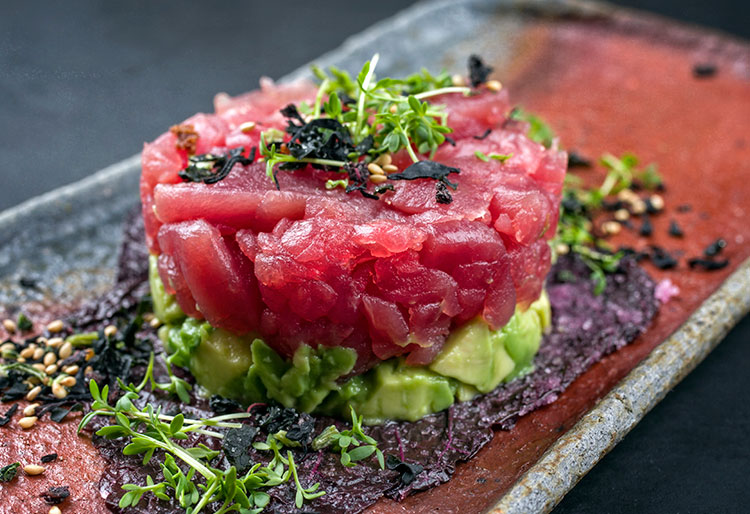Difference between pate and foie
Do you know the differences between pate and foie gras? Pate is made up of different ingredients, what about foie gras? We will tell you everything.
TRIED AND TESTED
Share

Christmas is just around the corner and, at this time, we want to put some gourmet produce on our table, among which is foie, pate, cream, foie mousse ...in its many forms. But what differences are there between them?
What is foie gras made of?
Foie gras, as its name indicates in French, is made from liver, which can be duck or goose, although the latter is the least common. You also see it as foie alone, but it is the same product. Foie is a meat product subjected to a heat treatment for preservation, that can also be sold fresh, with a much shorter shelf life.
Unlike pate, in the preparation of foie gras liver is not mixed with other types of meat. Liver alone is heat-treated in order to sanitize the product, which may contain other ingredients to enhance the flavour: wine, sugar, pepper ...
It is made only with goose liver or with the liver of two specific species of duck: Muscovy duck, or Creole duck, and the crossing of this with the mallard species.
We can find different types, depending on the type of conservation, the cut or the mixture with other ingredients.
- Fresh foie gras: 100% whole liver or in pieces, kept fresh, uncooked. You can have categories like extra, first and second. Its shelf life is about 15 days.
- Canned foie gras: whole poultry liver undergoes a thermal processing of around 105º-108ºC to extend its shelf life.
- Foie gras mi-cuit or semi-preserve: it is semi-cooked foie, also 100% liver, so it doesn’t last as long. While foie gras is made undergoing a sterilisation process, micuit undergoes a pasteurisation process, which means that this product must be consumed sooner.
- Foie parfait: it must contain at least 75% duck or goose liver.
- Foie gras mousse: contains less than 50% duck liver and is mixed with other pieces of meat.
In addition, foie gras is also classified according what the pieces of liver are like with which it has been made:
- Whole foie gras or burial: compound with whole lobes.
- Foie-gras (dry): se elabora a partir de trozos de estos lóbulos.
- Bloc de foie-gras: made with an emulsion of foie gras and other ingredients, such as spices and liqueurs. It can contain whole pieces of foie gras, which are appreciated when cut.

What is pate made of?
It is also a French term that means 'paste'. It is a meat derivative made with meats of various types, mainly liver, and spices. Therefore, it is a mixture of ingredients, which makes it cheaper than foie gras. The higher the percentage of liver, the higher its quality. In addition, pate incorporates various ingredients: meat from different animals (mainly pork), milk and eggs, that help to achieve its characteristic consistency.
Although we all know this product as «pate », the correct way to name it would be «liver pate", preceeded by the name of the animal from which it came. The most common are usually pork liver patés, followed by duck liver.
The word pate is also given to pastes made with meat from other animals:
- Fish and seafood pates
- Others: including vegetarian






